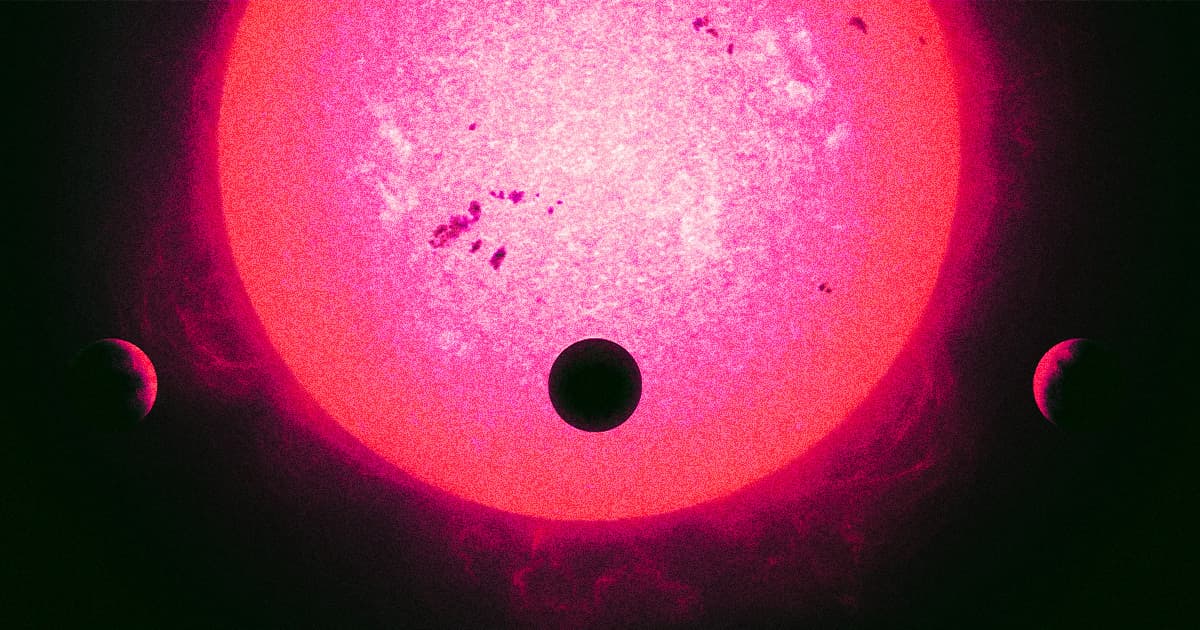"Pristine."
Sacred Geometry
Gaze upon the magnificent beauty of this newly found star system in orbital "resonance," where its six exoplanets orbit their star in astoundingly perfect — and rare — mathematical harmony.
Astronomers made the discovery using two exoplanet-hunting satellites that set their sights on the star HD 110067, some 100 light years away. Their findings, published as a new study in the journal Nature, could help reveal how such extraordinary systems are formed.
"We think only about one percent of all systems stay in resonance, and even fewer show a chain of planets in such configuration," study co-author Rafael Lique at the University of Chicago said in a statement. "It shows us the pristine configuration of a planetary system that has survived untouched."
These "sub-Neptune" exoplanets — planets with a radius larger than Earth but smaller than Neptune — revolve in precise ratios relative to each other. Here, the first and closest planet to the host star completes three orbits in the time the next planet takes to complete two orbits. This is called a 3:2 resonance, repeated here for the first four planets.
Meanwhile, the two outermost sub-Neptunes are in a 4:3 resonance, so the furthest planet completes only one orbit while the closest whizzes through six — like beautiful cosmic art.
Synced Up
Researchers first picked up on HD 110067 in 2020, when it was detected by NASA's Transiting Exoplanet Survey Satellite (TESS). The satellite looks for when hidden exoplanets cross in front of their star in what's known as a transit, causing a dip in light.
Two years later, TESS took a second look at the star system, confirming that multiple planets were causing the transits. The researchers were first able to determine the orbits of the two innermost planets, the closest taking the equivalent of nine Earth days and the next taking 14.
But to bring the rest of the planets to light, the researchers needed the help of the Characterizing Exoplanets Satellite (CHEOPS) from the European Space Agency, which revealed the third planet had a 20 day orbit. And so the 3:2 resonance emerged.
With the discovery of the third planet, researchers could use ground-based telescopes, plus a clever computer model that helped piece together scattered light, to sniff out the remaining three with 31, 41, and 55 day orbits.
Lockstep
The researchers believe that the system is billions of years old. That's a long time to maintain such a delicate balance, the gravity of each of the planets all acting on one other so that none of them break step.
A number of things could've broken up the party: a passing star, a colliding planet, or just the creeping effect of time. The fact that seemingly nothing has disrupted the resonance chain is remarkable, because the planetary formation stage of star systems is believed to usually be quite chaotic.
With more precise observations in the future, astronomers can clue in on how this majestic formation survived all these years.
More on space: Scientists Study What Would Happen If a Rogue Star Crashed Through Our Solar System
Share This Article
